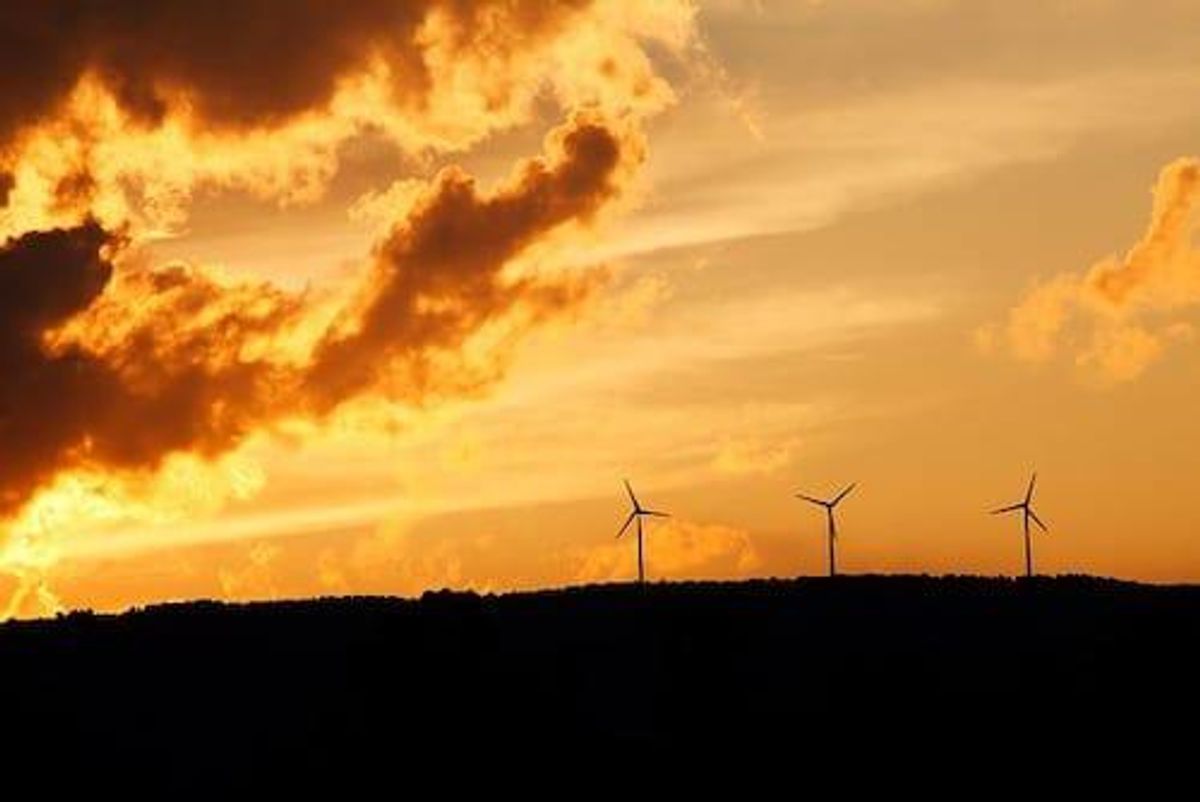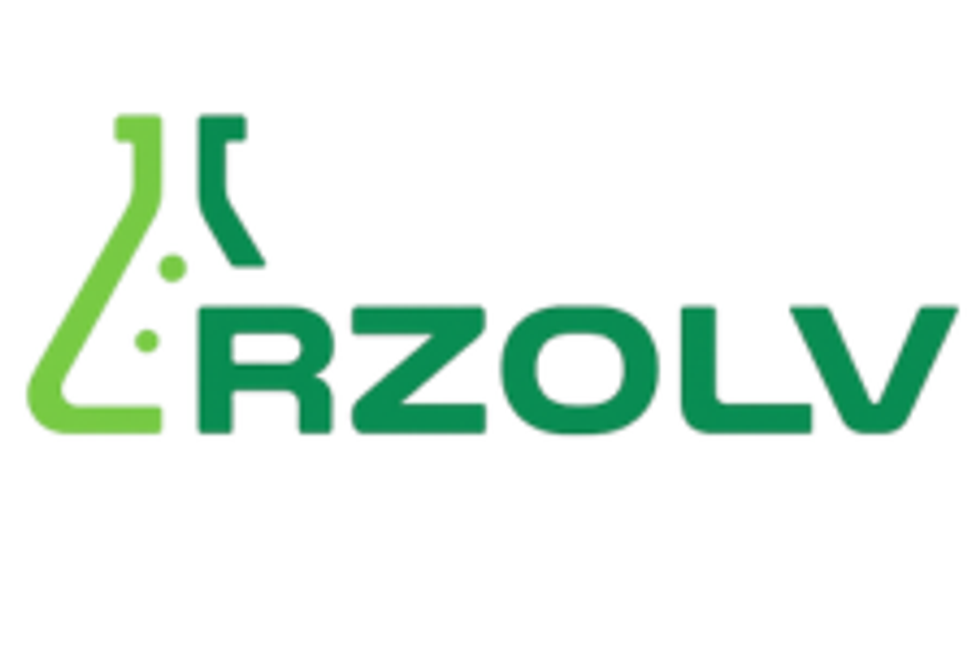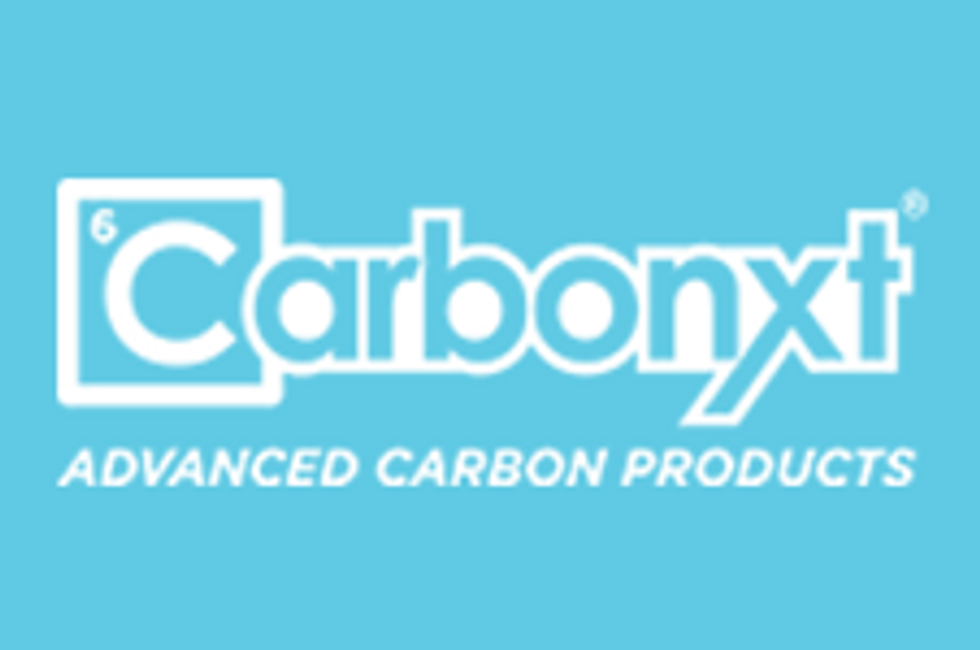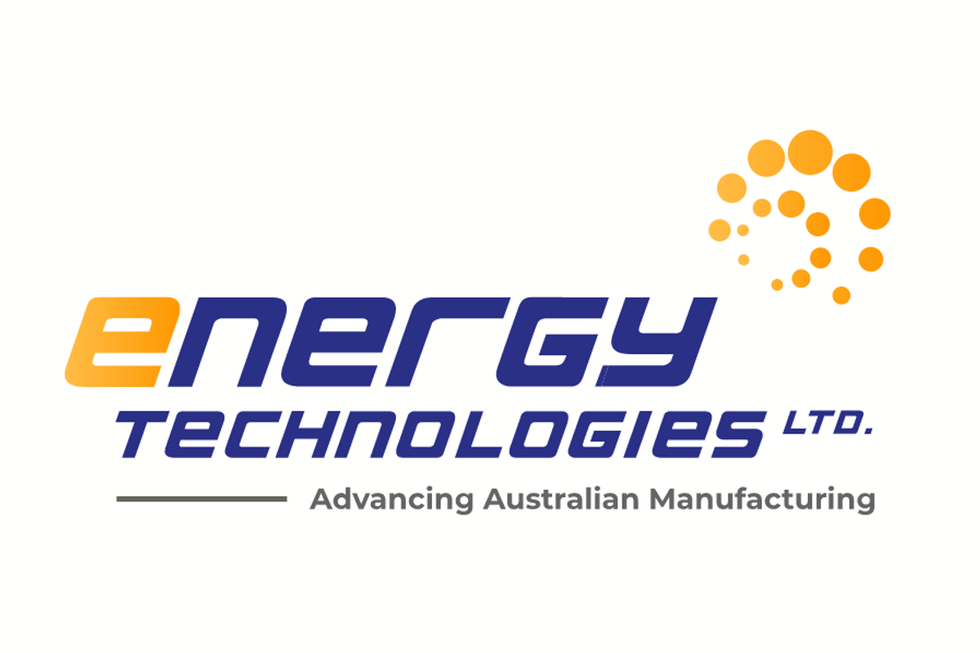
The sector saw major investment rounds in energy and power, while innovation is driving improvements in battery safety and durability.
According to the Energy Information Administration (EIA), for the first time, renewable energy surpassed coal-powered energy for generating electricity in the US in April.
Solar, wind and hydropower were among the renewable energy sources that contributed to national electricity generation, reaching 23 percent of total generation compared to 20 percent for coal. Wind power reached record levels in April at 30.2 million megawatt hours.
The clean energy sector also witnessed a number of other advancements during the second quarter of 2019. Several large investment rounds in solar power took place around the world, while continued investment in energy storage, energy-efficient buildings and batteries emerged.
Louis Brasington, cleantech analyst at Cleantech Group, told the Investing News Network (INN) that investment in cleantech in the second quarter of 2019 reached 8.4 billion dollars, with energy and power receiving 1.1 billion dollars in investment. These numbers exclude investment rounds for behemoth European battery manufacturer Northvolt.
In June, Northvolt announced that it had raised US$1 billion to build the first gigafactory for lithium-ion batteries in Europe. Among the many investors in the round were Goldman Sachs (NYSE:GS), Volkswagen Group (ETR:VOW3) and BMW Group (ETR:BMW).
Likewise, energy storage, a newer form of renewable energy, has continued to gain more prominence over recent years. The EIA reports that, between 2014 and March 2019, utility-scale battery storage power capacity quadrupled to 899 megawatts.
“There’s a huge push on the energy storage side to make these batteries safer and more durable and last longer,” said Brasington.
As considerable investment continues to flow into the cleantech space, here INN reviews some of the major highlights and trends that took place in the cleantech sector over the second quarter.
Cleantech market update: Political bifurcation
In Canada, Q2 saw the province of Alberta scrap its Renewable Energy Program. Newly elected premier Jason Kenney also lifted Alberta’s carbon tax on May 30, a departure from both the previous NDP government and Canadian federal government policies.
On an alternate note, in April the Canadian federal government made a C$2.89 million investment in Rotoliptic Technologies, a company that provides a 40 percent reduction in energy consumption for energy-intensive pumps.
South of the Canadian border, US President Donald Trump cut funding for the Office of Energy Efficiency and Renewable Energy by 70 percent in March as part of his proposed 2020 fiscal budget. Then, in April, Trump claimed that wind power is the most expensive source of power. According to Politico, he suggested that home values drop 75 percent when a windmill is built nearby.
Individuals states have taken a different approach. According to a report from the EIA, 29 US states and the District of Columbia have renewable portfolio standards (RPS), which are regulations under which electricity companies must increase the amount of renewable energy power used for electricity output.
During the second quarter, both Nevada and Maryland updated their RPS standards; now, sales from renewable generation are targeted to reach 50 percent of total sales by 2030.
On a global level, in May, Global Data Power Analyst Pavan Kumar Vyakaranam told INN that China is positioned to lead the solar power race. In 2018, China secured close to 200 megawatts of concentrated solar power, a gain of nearly 700 percent from the previous year.
Cleantech market update: Battery innovation
In the cleantech sector, Q2 also brought improvements in cost efficiencies and safety for a number of renewable energy sources. This trend was present in North America, Europe and Asia.
Brasington mentioned US-based Sila Nanotechnologies as a company that stood out during the quarter. “Sila Nanotechnologies is basically developing new chemistries trying to increase the stability of lithium ions,” said Brasington. “Ultimately it comes down to cost savings and predictions that there is going to be a huge rollout in commercial vehicles in the next 10 years.”
In April, Sila entered a strategic partnership with Daimler (ETR:DAI) to power future electric BMW cars, as the company has developed new battery materials that are 20 percent more effective than those of its competitors. This means that electric vehicles will be able to run 20 percent longer before recharging. The company secured US$170 million in financing from Daimler in April.
In addition to battery materials, investment in the second quarter was focused on improving battery safety. This has spawned innovation in non-flammable module battery packs.
In April and May, Tesla (NASDAQ:TSLA) was tainted with reports of fire incidents with its cars.
“The issue with Tesla, with (its) packs, is that it is increasing the density of the cells in the packs, and the temperatures are going up and up,” said Brasington.
Romeo Power is a company that is providing alternative solutions for battery pack issues. Romeo Power was created in 2015 by former employees of Samsung (KRX:005930), Space X and Tesla. The battery pack developer entered a partnership with cleantech company BorgWarner (NYSE:BWA) in May.
“What a couple of innovators are doing is completely redesigning how the packs are made to allow the higher temperatures to be exhausted,” Brasington said.
Momentum related to energy-efficient buildings also took place in Q2. Brasington noted that as building owners, managers and operators see roadblocks in the costs of integrating energy-efficient solutions into their buildings, companies are creating new business models that fit these needs.
For example, instead of charging for costly upfront installations, Carbon Lighthouse is creating temporary contract models where it installs software and hardware and charges companies monthly to manage the services they select. This results in a recurring revenue stream for Carbon Lighthouse.
On another note, promising returns in the solar power sector were a highlight in the second quarter. JinkoSolar (NYSE:JKS), the world’s largest solar panel supplier, has gained over 121 percent year-to-date. Bloomberg reported in June that the company projects that 85 percent of its 2019 revenue will come from overseas customers.
Meanwhile, Canadian Solar (NASDAQ:CSIQ) has gained nearly 50 percent since January. In the month of June alone, the company signed agreements with Anheuser-Busch (NYSE:BUD), Spain’s Solarcentury and Dallas-based energy company Energy Transfer.
Cleantech market update: Beyond Q2 2019
Looking ahead, the cleantech sector is seen facing a mix of positive developments and headwinds.
Despite Trump’s rescision in June of former President Barack Obama’s climate rules, commercial, corporate and state-level organizations continue to invest in the clean energy sector. Meanwhile, the Canadian federal government has announced over C$2.3 billion to support cleantech firms and exports.
And despite troubling International Energy Agency stats on CO2 emissions in 2018, solutions are being developed to improve the economic viability and efficiency of batteries and solar power.
“(Solar energy) project subcosts still take up about 50 percent of entire soft costs. And as these projects become bigger and bigger, that cost becomes higher,” said Brasington. Demand for improved models will continue to drive innovation within this sector, he added.
Cleantech market update: Investor takeaway
Amid logistical and political roadblocks, the cleantech sector has seen several breakthroughs in investment, innovation and regulations over the past quarter. At the same time, some companies have seen their share prices post favorable returns as the industry continues to grow and diversify.
Don’t forget to follow us @INN_Technology for real-time news updates!
Securities Disclosure: I, Dorothy Neufeld, hold no direct investment interest in any company mentioned in this article.
Editorial Disclosure: The Investing News Network does not guarantee the accuracy or thoroughness of the information reported in the interviews it conducts. The opinions expressed in these interviews do not reflect the opinions of the Investing News Network and do not constitute investment advice. All readers are encouraged to perform their own due diligence.




